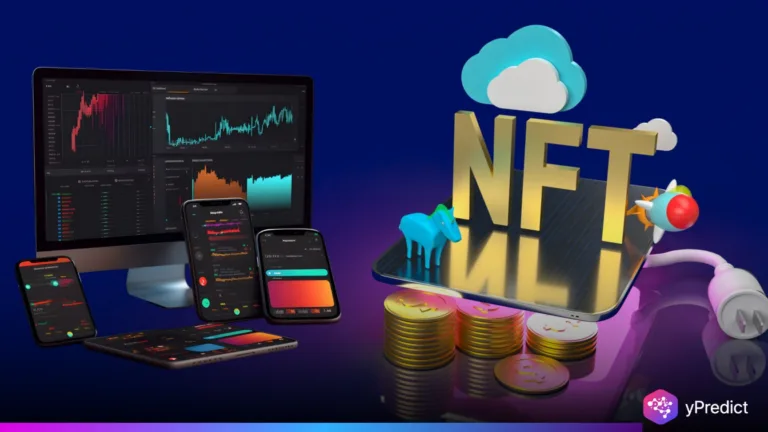
If you want to invest in or buy Flare and wonder what the right price to start accumulating Flare is, then you are at the right place. As we go through the analysis, we will determine different patterns and how Flare reacts to them. We will also see support and resistance, which is a good area for any instrument to buy or sell. Without any further delay, let’s dive into the Flare price analysis and explore different opportunities arising from it.
Flare Price Analysis of May 4, 2025
Flare opened the session in a consolidating pattern, forming a range that marked the day’s low at $0.01776. The range broke to the upside at 03:45 UTC but failed to sustain momentum, retreating into the prior zone. A second range breakout at 07:55 UTC, supported by a golden MACD crossover, led to a temporary spike before price reversed again. RSI hit overbought territory at 08:00 UTC, signaling exhaustion. Throughout the session, Flare developed various patterns, trendlines, channels, and ranges, each accompanied by MACD signals and RSI extremes, reflecting a choppy and reactive market lacking directional conviction.
Chart 1: Analysed by vallijat007, published on TradingView, May 4, 2025
A range appeared in Flare, which marked the low for the day at $0.01776. The range broke out to the upside at 03:45 UTC but failed to form a spike. Instead, the Flare breakout pulled back toward the initial range, and another range appeared. The second range also broke out to the upside at 07:55 UTC, supported by a golden crossover of MACD. Price spiked to the upside but soon reversed back into the range. In the meantime, at 08:00 UTC, RSI moved above the level of 70, indicating overbought market conditions, suggesting a reversal or at least a pullback.
FLR’s Pattern Paradox: Why Every Rally Meets Instant Rejection
A downward-moving trendline appeared in the price, which broke out to the upside at 13:20 UTC, supported by a golden crossover of MACD. Price spiked to the upside and formed a downward-moving channel. At 14:35 UTC, RSI again moved above the level of 70, indicating overbought conditions and suggesting at least a pullback. The channel broke out to the upside at 17:25 UTC, supported by a golden crossover of MACD. Price spiked to the upside and formed another range.
The range broke out to the downside at 19:30 UTC, supported by a death cross of MACD, but the downside Flare breakout failed, and the price moved back up to form another range. This new range also broke out to the upside at 00:20 UTC, supported by a golden crossover of MACD. Price spiked to the upside and marked the high for the day at $0.01998. After that, the FLR price dropped and formed an upward-moving channel, which broke out to the downside at 02:45 UTC, supported by a death crossover of MACD.
Price dipped again, and another upward-moving channel broke out to the downside at 04:45 UTC, supported by a death crossover of MACD. Price moved down and formed a new range. If this new range breaks out to the upside, there is a high chance that Flare could reach the $0.02000 level. If the breakout is to the downside, Flare could drop to the $0.01750 level.
FLR’s Make-or-Break Levels: Will Range Finally Break?
The Flare price behavior throughout the session highlights a highly reactive market, with each breakout, upside or downside, failing to follow through meaningfully. Despite several MACD signals and RSI extremes, momentum could not build beyond short-term spikes. The latest range, formed after two downside channel breakouts, remains pivotal. If this range breaks to the upside, Flare has a strong chance of testing the $0.02000 resistance level. Conversely, if the range fails and breaks down, the FLR price could drop toward $0.01750. Until one of these levels is breached with conviction, Flare is likely to remain range-bound, reflecting indecision and low trend strength.






